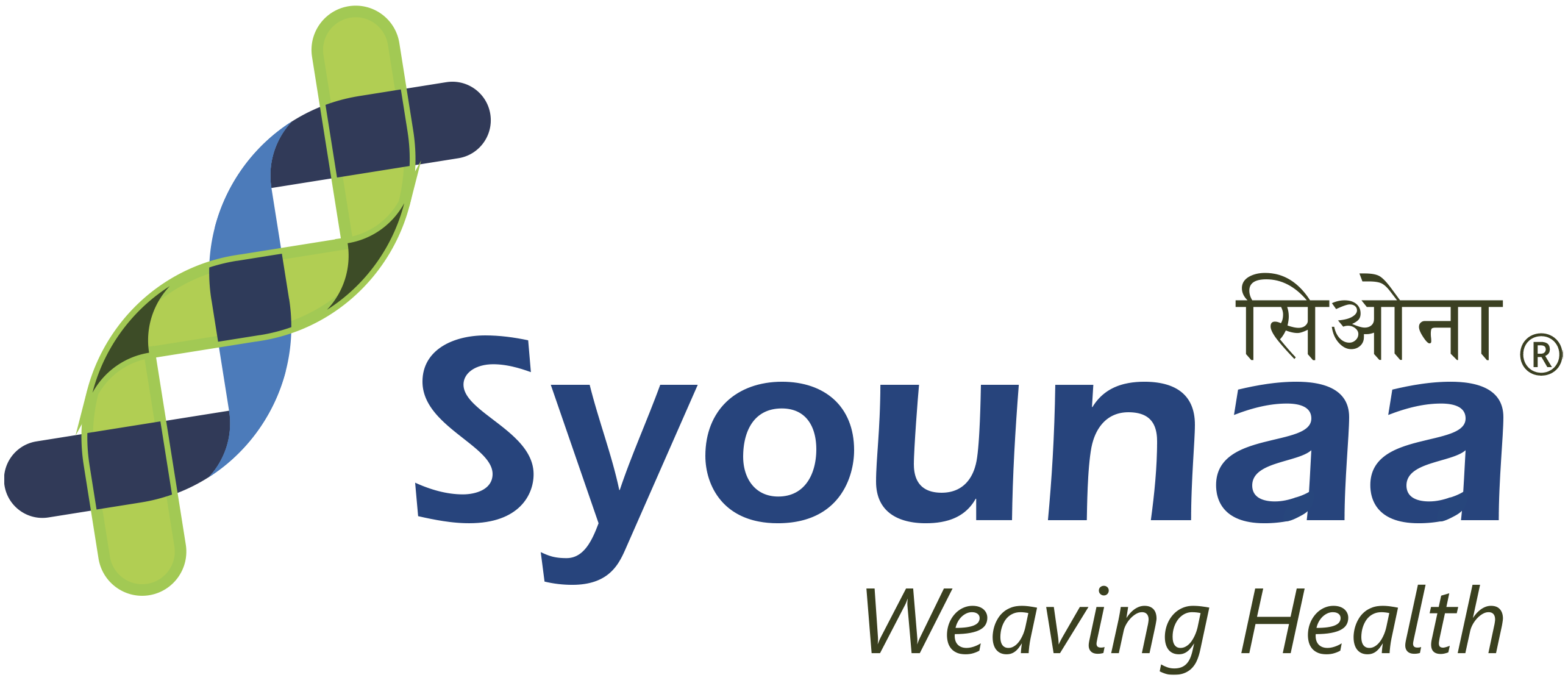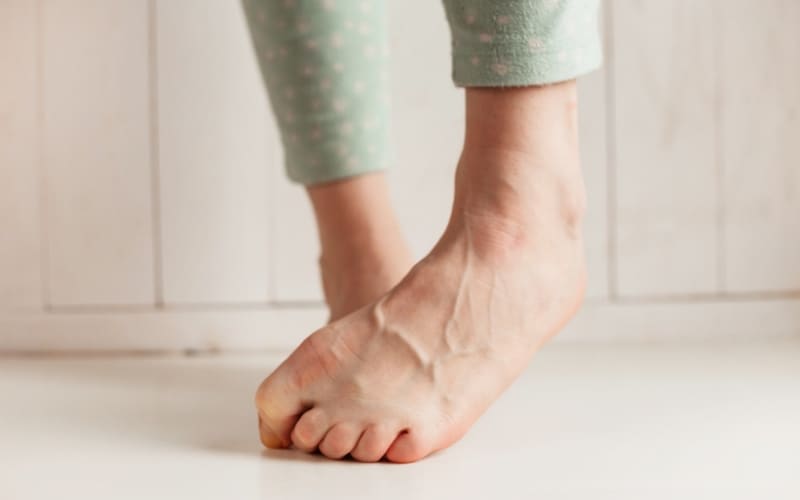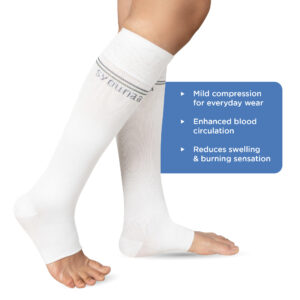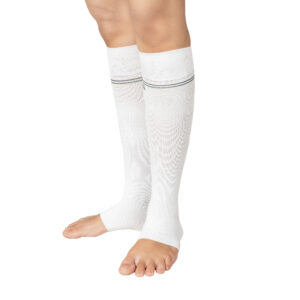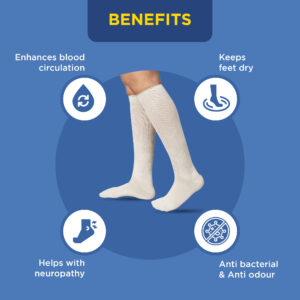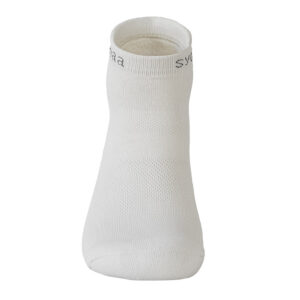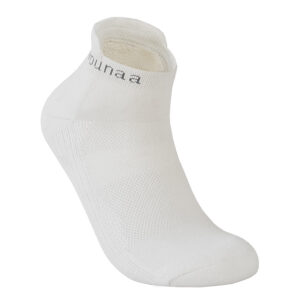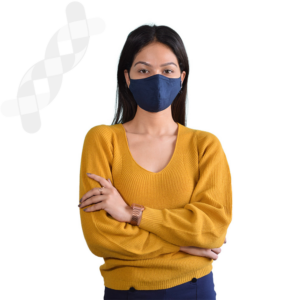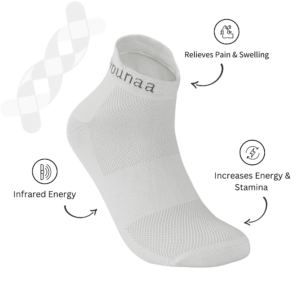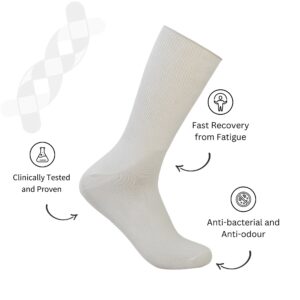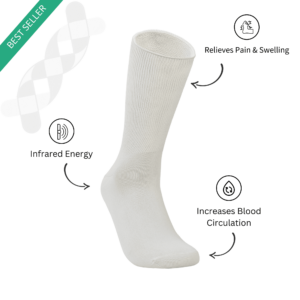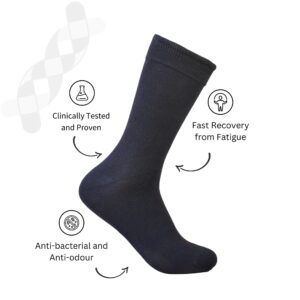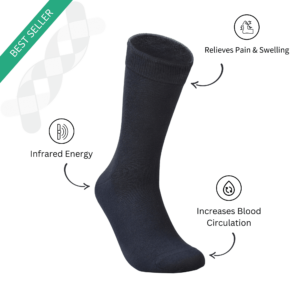Peripheral Vascular Disease or PVD is a condition that affects both veins and arteries. PAD is a type of PVD that only affects the arteries. PAD is the most common type of vascular disease, but in severe cases, the condition affects both veins and arteries. PVD is much more severe because the affected body part will neither get a pure supply of blood, nor will the deoxygenated blood be expelled from the system.
PVD occurs commonly among those who are above 60 – 70 years of age, but if you are diabetic, you are far more likely to get the disease earlier. Especially if you don’t care about what you eat and how much you exercise.
How Does PVD Affect Diabetics?
PVD affects diabetics in the same way as PAD. Increased blood sugar and resistance towards insulin makes it difficult for veins and arteries to function normally, causing them to become brittle and inefficient.
1. Symptoms of PVD
The symptoms of PVD is very similar to PAD. Those with advanced stages of PVD may see a blackish-blue tint around their feet because of reduced fresh blood and increased deoxygenated blood. This makes the feet attain the colour of the deoxygenated blood – which is blue.
Other symptoms include:
- Numbness on the feet
- Cold feet
- Foot cramps
- Inflammation and itching
- Wounds that take forever to heel
- Slower nail growth
- Sudden hair loss because of less blood circulation
You may also notice foot and calf pain when you walk, but the pains reduce as soon as you lay down. This is because it’s harder for deoxygenated blood to flow against the force of gravity. As soon as we lay down, it becomes easier for blood to circulate. In severe cases, the pain does not subside even when we lay down.
You must never take PVD for granted. Once the plaque blocks the entire vein or artery, it stops blood from entering/leaving the respective part on your feet. It is a severe condition that may lead to amputations.
2. Types of PVD
There are two kinds of PVD – Functional PVD and Organic PVD.
Functional PVD
The veins and arteries widen, making it difficult for blood to flow through them. This happens when you:
1. Are exposed to extreme cold temperatures for a long period of time
2. Take drugs
3. Are stressed
4. Work heavy machinery for long hours every day
It is usually a temporary change that will usually resolve once we change a habit or when the temperature changes around us. But, if you continue a habit for too long, for instance, if you take drugs for many years, or operate heavy machinery for years, it may lead to nerve damage.
Organic PVD
Organic PVD is the second type of PVD where there is significant damage in the structure of the blood vessels. For instance, with diabetes, there can be plaque build-up around your veins and arteries, leading to Organic PVD – a condition that is irreversible.
Some of the most common causes of PVD are:
1. Smoking
2. High BP
3. High Cholesterol
4. Diabetes
In most cases, PVD is irreversible, so we must take precautions right from an early age.
3. PVD – Treatment
The best treatment for PVD is to take the needed precautions to ensure that it doesn’t happen or that it doesn’t progress any further.
Physical activity greatly affects PVD. If we stay active, it promotes blood circulation around our body and therefore creates the perfect environment for our veins and arteries to function. Take a walk for at least thirty minutes every day.
Swimming is also known to help those with PVD and with diabetes. However, if you plan to take up swimming as a routine workout, we suggest you talk to your doctor once as it may not be suitable for those with heart conditions.
Since PVD does not allow fresh blood to enter your feet, it takes longer for wounds to heal. So, you need to keep an eye on cuts and foot sores. Take out at least 15 minutes every day to observe your feet. Usually, after washing your feet and drying them, it’s the best time to check them for injuries. If you find any cuts and bruises, keep an eye on them for a day, and if they don’t reduce within 24 hours, you can consult your doctor for treatment.
Syounaa socks have also proven to be quite helpful for those with PVD and diabetes. These diabetic socks are made with a special Cellient technology that allows blood to flow. With increased blood flow, you will find some relief around your feet.
Please seek medical help to ensure that PVD does not affect your lifestyle. Timely check-ups are a must to check if the condition has progressed. Your doctor can use this information to guide you through your diet and lifestyle.
Lastly, we hope this article was helpful to you. Do you have PVD? And how do you take precautions? Let us discuss in the comment section below.
